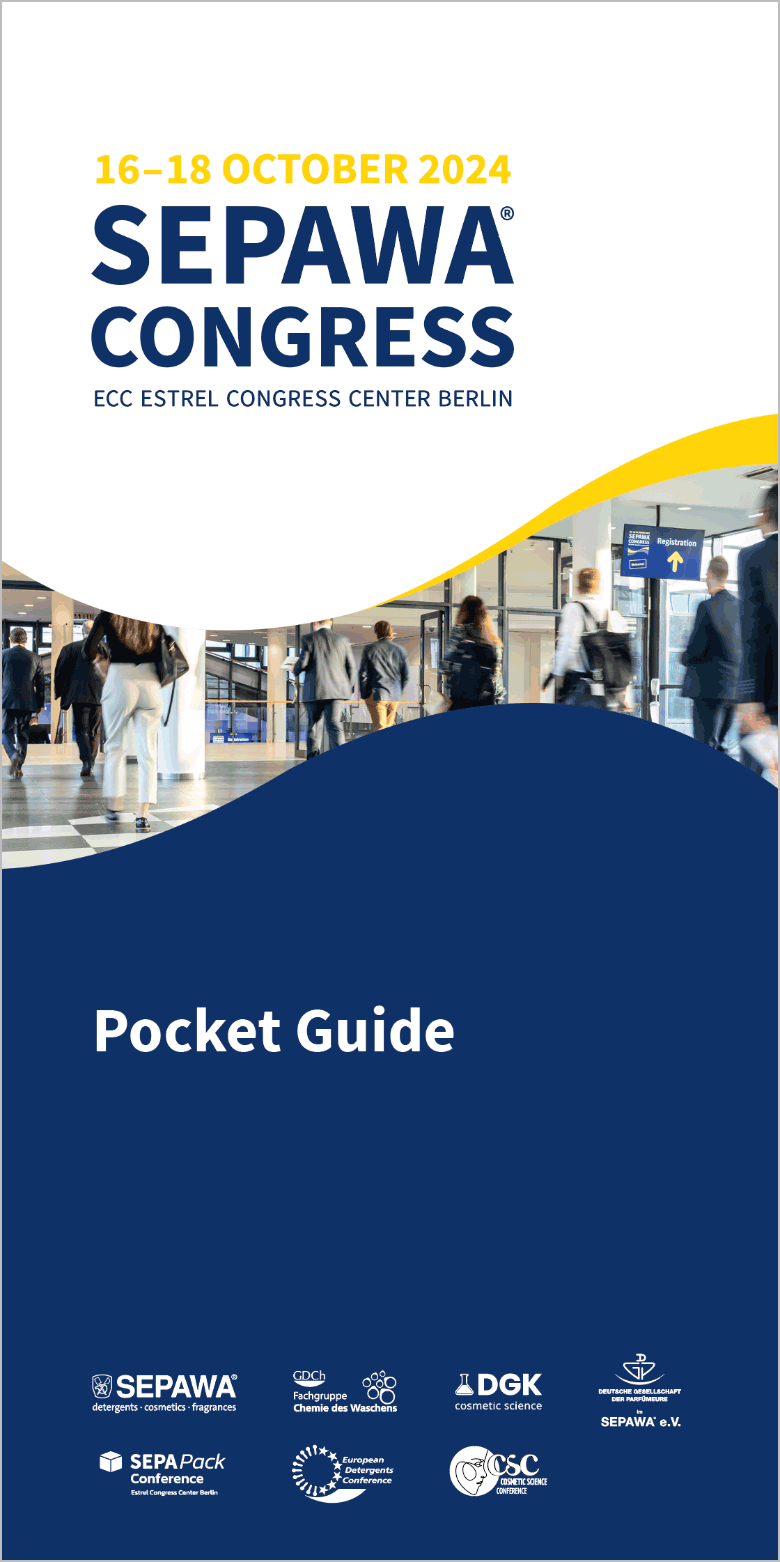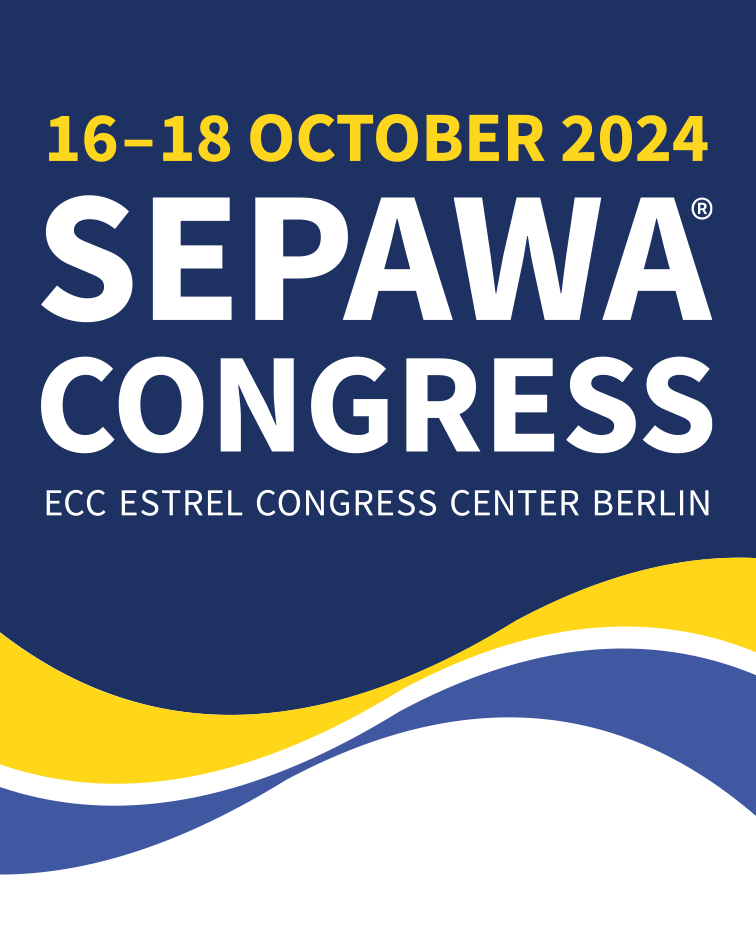Lecture program
New scientific discoveries and the latest product developments from the industry find their well-earned place in our lectures at the Scientific Conference and Forum for Innovations.
The program is expected to be available here in mid-2024.

POCKET GUIDE PDF 2024
The Pocket Guide 2024 will be available to download here approximately 4-6 weeks before the congress.
